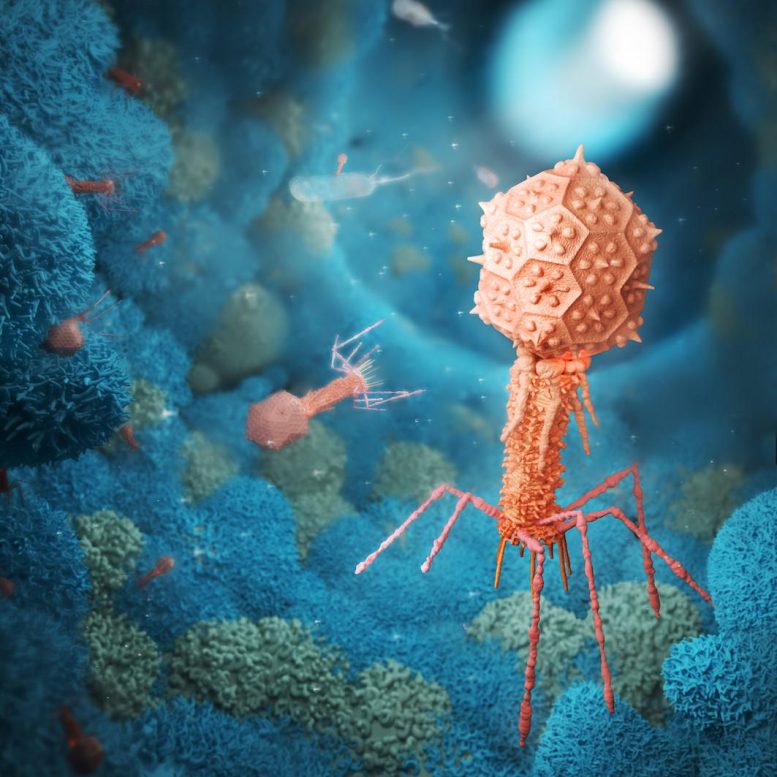
A new study suggests that mammalian cells might use bacteriophages to foster cell growth and survival, offering new insights for phage therapy and the study of human health. Bacteriophage particle interacting with mammalian cells. Credit: T2Q and Barr Lab (CC-BY 4.0)
Bacteriophages, also called phages, are viruses that infect and kill bacteria, their natural hosts. But from a macromolecular viewpoint, phages can be can be viewed as nutritionally enriched packets of nucleotides wrapped in an amino acid shell.
A study recently published in the journal PLOS Biology conducted by Jeremy J. Barr and colleagues at Monash University in Victoria, Australia, suggests that mammalian cells may internalize phages to utilize them as a resource to promote cellular growth and survival.
Research on Phage-Mammalian Cell Interactions
Phage interactions with bacteria are well known, and interactions between bacteria and their mammalian host can lead to a range of symbioses. However, the impact of bacteriophages on mammalian cellular and immunological processes is not well understood.
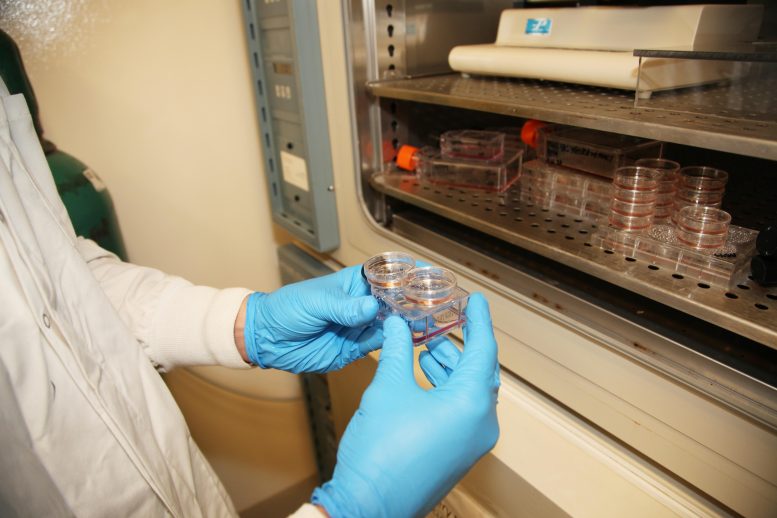
Researcher working with human tissue culture cells that have been treated with bacteriophages to enhance their growth and proliferation. Credit: Barr Lab (CC-BY 4.0)
In order to investigate how mammalian cells’ immune responses interact with and are modulated by interactions with phages, researchers applied the well-studied phage T4 to mammalian cells in vitro and analyzed the cellular responses using luciferase reporter and antibody microarray assays. The phage-free supernatant served as a comparative control.
Findings and Implications
The researchers found that T4 phages did not activate DNA-mediated inflammatory pathways, but triggered a sequence of signaling pathway events that promote cellular growth and survival. Future studies are needed, however, to determine why cells use phage particles as resources, and whether they have specifically evolved via adaptation to benefit from this internalization.
According to the authors, “This preliminary study provides novel insights into the impact phages have on mammalian systems, with broader potential implications across the fields of immunology, phage therapy, microbiome, and human health.”
Barr adds, “This work provides new insights into the additional benefits that bacteriophages may have on their mammalian hosts. This is of particular importance given the increased use of phage therapy to treat antibiotic-resistant infections.”
Reference: “Mammalian cells internalize bacteriophages and use them as a resource to enhance cellular growth and survival” by Marion C. Bichet, Jack Adderley, Laura Avellaneda-Franco, Isabelle Magnin-Bougma, Natasha Torriero-Smith, Linden J. Gearing, Celine Deffrasnes, Cassandra David, Genevieve Pepin, Michael P. Gantier, Ruby CY Lin, Ruzeen Patwa, Gregory W. Moseley, Christian Doerig and Jeremy J. Barr, 26 October 2023, PLOS Biology.
DOI: 10.1371/journal.pbio.3002341

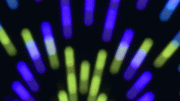
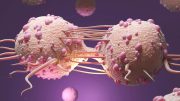
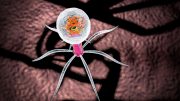



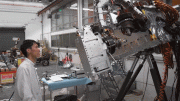

Be the first to comment on "Bacteria-Killing Viruses: The Surprising Nutrient Packets for Mammalian Growth"